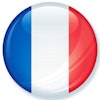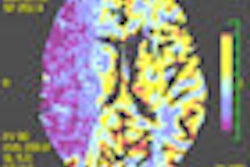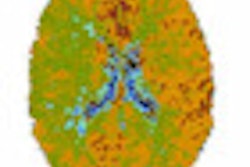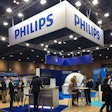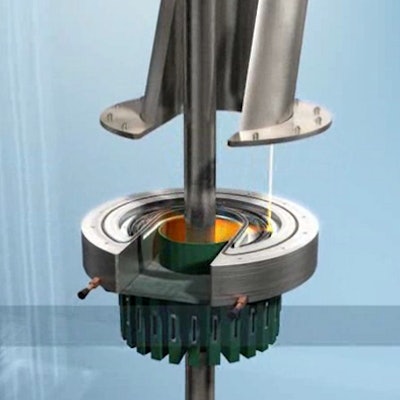
A team of German researchers has secured a 1.3 million euro grant from Germany's Federal Ministry for the Environment, Nature Conservation, Nuclear Safety and Consumer Protection that will allow exploration of imaging processes for reactor safety research.
The investigators are based at Technische Universität Dresden (TU Dresden) and are part of a team called RIMANUS (Innovative Radiation-based Imaging Techniques for Nuclear Safety Research). The project is being conducted at Helmholtz-Zentrum Dresden-Rossendorf (HZDR) and will use ultrafast electron beam CT to make liquid-gas flows in pipelines visible to the human eye at up to 5,000 frames per second, according to HZDR.
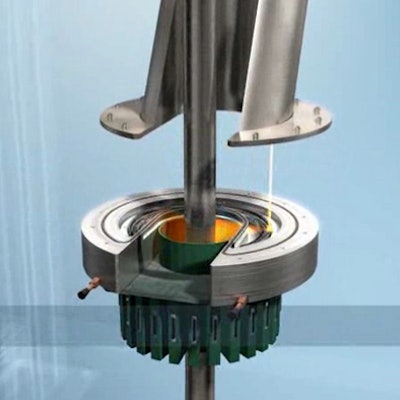 ROFEX, the ultrafast electron beam x-ray computed tomography system at the Helmholtz-Zentrum Dresden-Rossendorf (HZDR), can record up to 5,000 images per second -- a world record. It enables the visualization of flows as they occur in the primary coolant circuit of nuclear power plants and thus contributes to nuclear safety research. Image and caption courtesy of Technische Universität Dresden.
ROFEX, the ultrafast electron beam x-ray computed tomography system at the Helmholtz-Zentrum Dresden-Rossendorf (HZDR), can record up to 5,000 images per second -- a world record. It enables the visualization of flows as they occur in the primary coolant circuit of nuclear power plants and thus contributes to nuclear safety research. Image and caption courtesy of Technische Universität Dresden."Our objective for the RIMANUS project is to take these x-ray imaging techniques a step further to generate 3D images and create greater beam energy for nuclear safety research," RIMANUS project leader Dr. Michael Wagner said in a statement released by TU Dresden.

